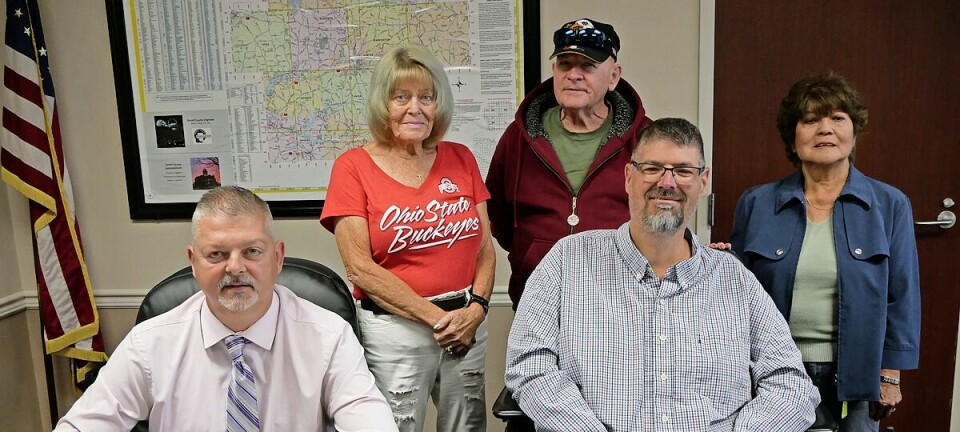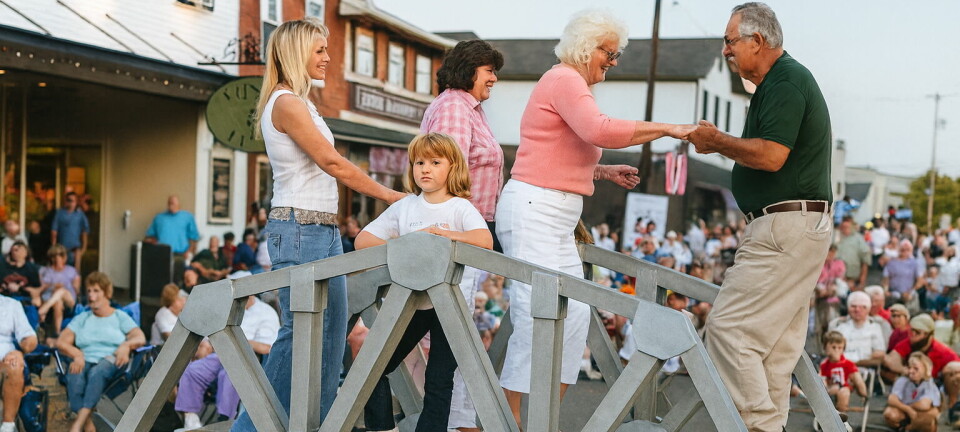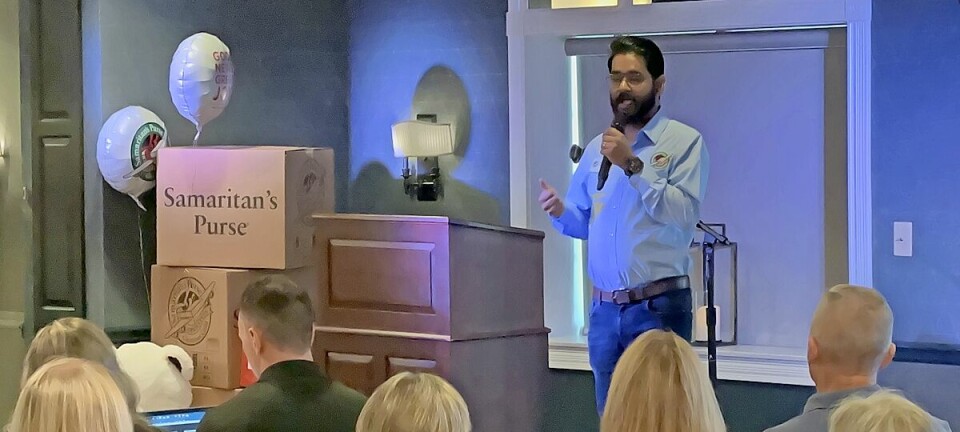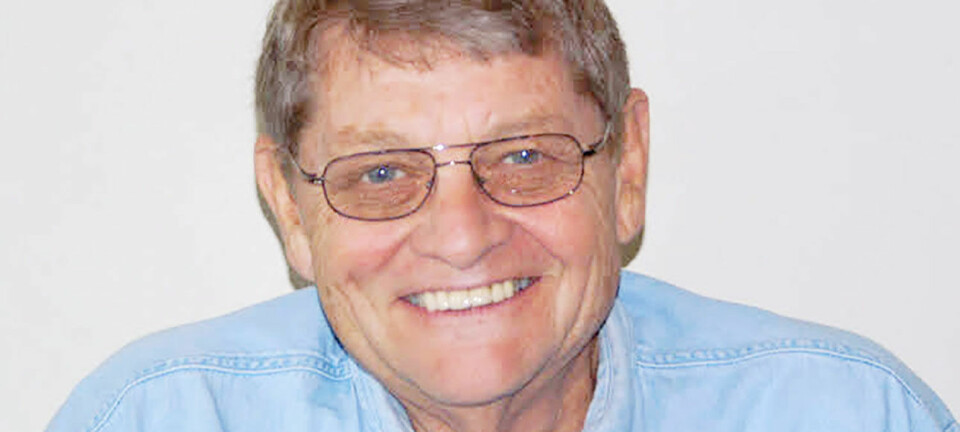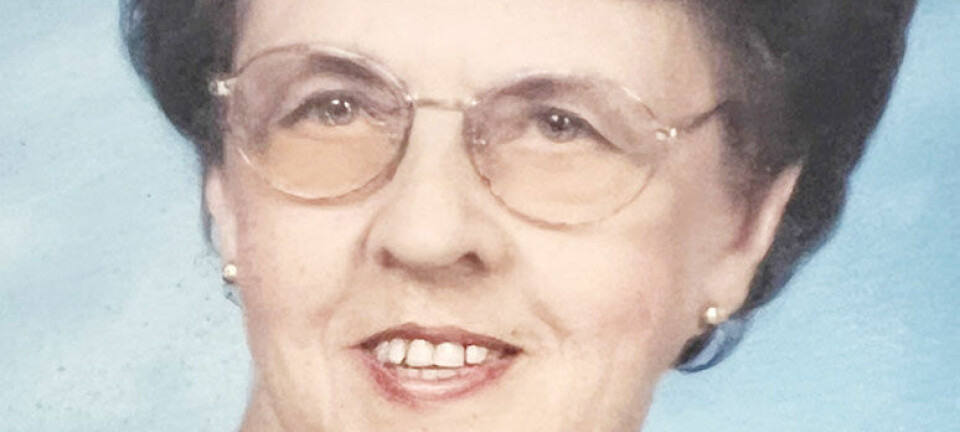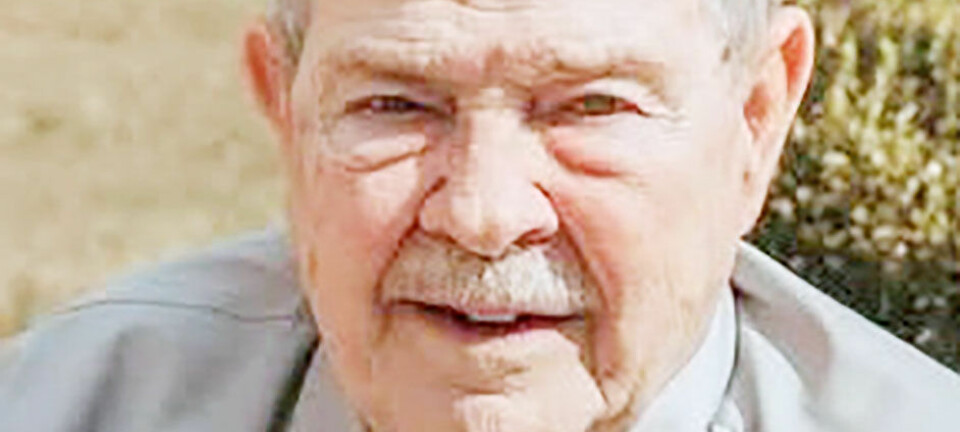Groundbreaking ceremony held for Zoar Levee project

A groundbreaking ceremony at the foot of the Zoar Levee on Aug. 12 signaled the official beginning of the dam-safety modification projects at Zoar Levee and Mohawk Dam in Coshocton County.
Flood waters began to seep under the Zoar Levee during the flood of 2005, after which a study was performed to determine whether to repair the dam, move the village or simply let it fail.
The estimated $13 million project for Zoar, conducted by the U.S. Army Corps of Engineers, is scheduled to begin in earnest this September, although some work on relief wells and the ponding area have already begun.
The ceremony was attended by a number of area officials and other dignitaries. Col. Jason A. Evers, commander of the Huntington District of the USACE, delivered opening remarks. “Since the 1930s the dams in the Muskingum basin have prevented over $6.2 billion in flood damages,” he said. “We want to keep that winning streak going for a long time into the future.”
According to Evers, the corps covers more than 45,000 square miles in parts of five states, operating and maintaining 35 dams, 16 of which are in the Muskingum basin.
A report created by the USACE in 2016 called for two recommended management plans at the Zoar Levee. The first was to install a reverse filter in the ponding area, which will be completed soon. The second phase involves the construction of an internal erosion interceptor trench to prevent water seepage under the levee.
“We want to make sure the Zoar Levee continues to protect the community and this historical area far into the future,” Evers said.
In his remarks Zoar Mayor Scott Gordon said the USACE has been conducting a number of studies over the past six to seven years, and most people were unaware of that work. He thanked the corps for their detailed investigation into the possible impact the work could have on the village before beginning work.
Gordon went on to say the work would become visible now, as construction trucks and crews begin to move into place in the next few weeks.
Craig Butler, executive director for the Muskingum Watershed Conservancy District, acknowledged the 90-year partnership between his organization and the Army Corps that protects people and property through a series of dams and reservoirs throughout the watershed.
“Dams and reservoirs in the MWCD region have been credited with preventing almost $7 billion in potential property damage from flooding, as well as providing popular recreational opportunities to bolster the region’s economy and bring in more than 3.5 million people each year,” Butler said.
Butler also said the area’s system of reservoirs and dams was the first of its kind in the United States and covers 8,000 square miles. To date, the MWCD has provided more than $28 million toward upgrading critical components of the flood-mitigation system including improvements at Dover Dam and Bolivar Dam. Butler said the MWCD also has contributed more than $5 million toward the Zoar and Mohawk projects and will help fund future projects at Atwood Dam, Clendening Dam and Pleasant Hill Dam.
The event’s keynote speaker was Rep. Bob Gibbs, R-Lakeville, representing Ohio’s 7th District.
“The reason they built this levee here in the 1930s was to protect the Village of Zoar because Zoar is unique,” Gibbs said.
Gibbs recounted the story of bringing to Zoar three-star U.S. Army Lt. Gen. (Ret) Thomas Bostick, then the chief of engineers and commanding general of the USACE, due to the cost and scope of the project to repair the levee. Gibbs said he and Jon Elsasser, president of the Zoar Community Association, took the general through the historic buildings to show him the village was worth saving.
“When you have a historical site like Zoar,” Gibbs said, “it’s something we need to protect. I’m glad to be involved with this.”



